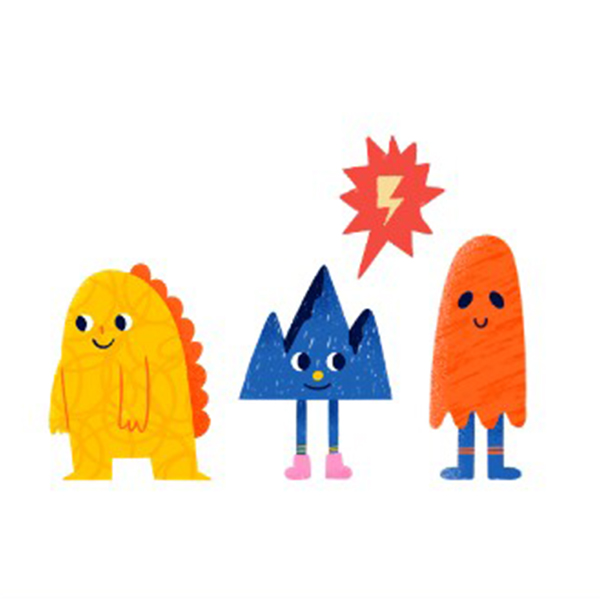Troika Consulting

Three cartoon figures consulting (©2023 Let’s Talk Science)

Three cartoon figures consulting (©2023 Let’s Talk Science)
How does this align with my curriculum?
PE
9
Science Grade 9 (revised 2018)
Decisions and Perspectives
PE
10
Science 421A (2019)
Decisions and Perspectives
PE
12
Chemistry 621A (draft 2021)
Decisions and Perspectives DP1
PE
11
Chemistry 521A (draft 2021)
Decisions and Perspectives DP1
PE
5
Integrated Curriculum Grade 5: Science (Draft 2023)
IS 1.4: Collaborating with others effectively can help us to share meaningful explorations in impactful ways.
PE
6
Integrated Curriculum Grade 6: Science (Draft 2023)
IS 1.4: Collaborating with others effectively can help us to share meaningful explorations in impactful ways.
This learning strategy helps students find solutions with the support of a collaborative group.
Why use it?
- To consider different perspectives on a topic of interest
- To support problem-solving within a group setting.
Tips for success
- This is a very structured process, therefore it is important that the teacher support the process in staying on track. To support this it is important to:
- Model the process first
- Use a timer
- Move about the space to ensure students stay on track
- Although it may feel uncomfortable or “not right” for learners to turn their backs on the consultants during Step 2, invite them to experience the process and then reflect on how it supported them.
- It is often helpful to brainstorm barriers/issues as a whole room to support the individuals in identifying a barrier/issue that might resonate with them.
How do I use it?
- Ask students to think of a problem or an idea they need some extra help with solving. Once they have an idea or a problem, they will then form groups of three.
- In this process there are three rounds that repeat using the steps below. Rounds 2 and 3 are the same process, just the roles change for the individuals.

- Rounds 2 and 3: A different person within the trio takes the role of the client and the other two assume the role of consultants. Follow Steps 1-3
Extensions
You can provide opportunities for further reflection by asking your students about the experience. You could include questions like:
- How did it feel to be the client?
- How did it feel to be one of the consultants?
- What advice or comments resonated with you?
- Would you agree or disagree with the advice given by your consultants?
- What could be some next steps to solve the problem or generate new ideas?
Using this Strategy
- Reproducible Template [Google doc] [PDF]
Create Your Own
- Reproducible Template [Google doc] [PDF]
References
Liberating Structures. Troika Consulting.